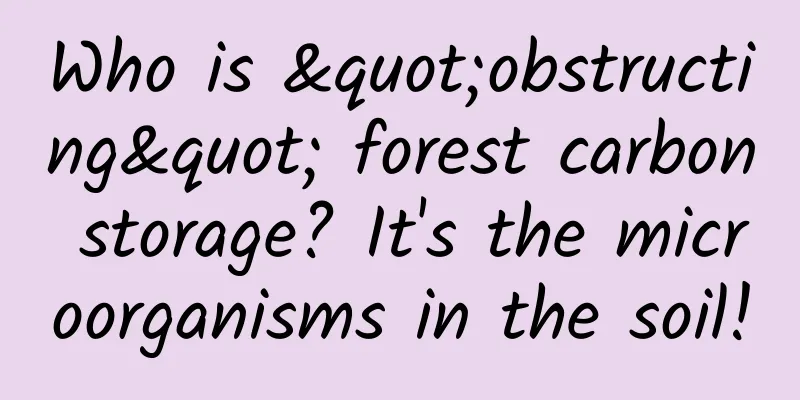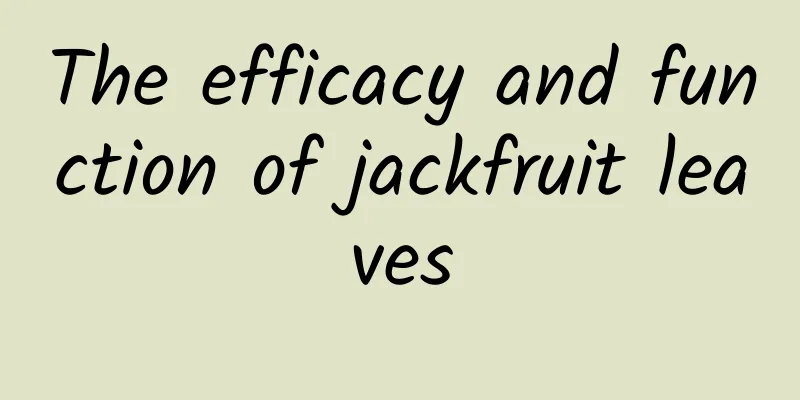Who is "obstructing" forest carbon storage? It's the microorganisms in the soil!

|
Popular Science Times (intern Wang Yuke) Forests can store carbon, and rising carbon dioxide levels will stimulate forest growth. Recently, the international scientific journal Nature published a research paper titled "Microbial competition for phosphorus limits the response of mature forests to carbon dioxide", pointing out that soil microorganisms compete with plants for important nutrients, which may limit the ability of forests to remove carbon dioxide from the atmosphere. Higher concentrations of carbon dioxide boost plant growth by stimulating photosynthesis, but the carbon dioxide fertilization effect can only boost plant growth to a certain point, and ultimately plant growth is limited by the nutrients available in the soil. In one-third to half of ecosystems, that limiting nutrient is phosphorus, says Christine Crews, a plant researcher at the University of Western Sydney in Australia. How the amount of available phosphorus changes as plants and soil microbes respond to rising carbon dioxide levels is a key unknown. Over a six-year period, researchers collected data on changes in phosphorus levels in a mature forest in New South Wales, Australia. The experiment used long tubes suspended around trees to artificially increase carbon dioxide levels in the plot. Researchers had thought that this would stimulate soil microorganisms to recycle more phosphorus from dead and decaying matter, but the result was that plants released more carbon into the soil through their roots, and the amount of available phosphorus did not increase with the increase in carbon dioxide. This may be because microorganisms outcompeted plants in the process of competing with them for available phosphorus, resulting in microorganisms containing more than three times the amount of phosphorus contained in plants. If the limiting nutrient, phosphorus, is widespread, forest responses to carbon dioxide fertilization may be lower than expected, Crews said. Some ecosystems may need added nutrients to reach their full carbon storage potential. |
>>: What does the “zhi” in summer solstice mean?
Recommend
"Health from Food" Series | Avoid bad habits to protect your liver
The liver is a very important organ in the human ...
Does "Omicron" affect existing vaccines and nucleic acid testing? Authoritative answer from the National Health Commission
Regarding the Omicron variant of the novel corona...
What are the effects and functions of Cordyceps lozenges?
Cordyceps sinensis is a very rare Chinese medicin...
The efficacy and function of Chinese honey locust
For many Chinese people, traditional Chinese medi...
The efficacy and function of June cold
What are the effects of Junehan? As a traditional...
The efficacy and function of the iron lantern rabbit ear wind
Glechoma longituba is a kind of traditional Chine...
Look! Tianwen-1 posted a message on WeChat Moments! It's a "big potato"!
Two years after the launch of Tianwen-1, high-def...
Silent mutations: a way to conquer cancer?
On the road of scientific exploration, it is ofte...
The efficacy and function of balsam leaves
Traditional Chinese medicine is very effective in...
Will rubbing your eyes often make you blind? No kidding! Pay attention to these things
Reviewer of this article: Xu Qibin, associate chi...
What are the medicinal values of Polygonum multiflorum
Polygonum multiflorum is a traditional Chinese me...
The efficacy and function of perennial flax
I don’t know if you are familiar with perennial f...
What are the traditional Chinese medicines for protecting liver?
Liver disease has always been a big problem that ...
The efficacy and function of mountain alum root
There are many common Chinese medicinal materials...









